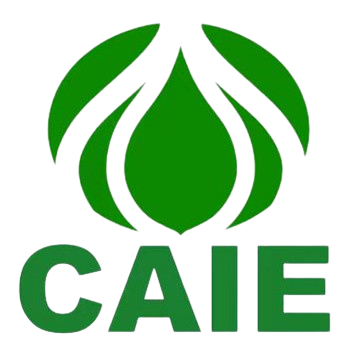Búsqueda de proveedores ajo no se trata sólo de encontrar el precio más bajo por libra, sino de asegurarse un suministro que satisfaga con precisión sus expectativas de calidad. Tanto si es un chef experimentado que exige dientes impecables como si es un fabricante de alimentos que busca perfiles de sabor homogéneos, es fundamental conocer los grados y las normas de calidad del ajo.
Esta completa guía le proporcionará los conocimientos necesarios para navegar con confianza por el mundo de la clasificación del ajo, garantizándole la selección de los bulbos perfectos para sus necesidades culinarias y comerciales.
Por qué es importante la calidad del ajo
Imagine recibir un cargamento de ajos y descubrir incoherencias en el tamaño, manchas en los bulbos o dientes con sabores extraños. Las categorías de ajo existen para evitar estas situaciones y proporcionar un sistema estandarizado para evaluar la calidad y garantizar la uniformidad. La comprensión de estos grados le permite:
- Tome decisiones de compra con conocimiento de causa: Comunique claramente sus expectativas de calidad a los proveedores y seleccione el grado adecuado que se ajuste a sus necesidades y presupuesto.
- Controlar los costes: Las distintas calidades tienen distintos precios. Si conoce las características de calidad específicas de cada grado, podrá optimizar su estrategia de aprovisionamiento y evitar pagar de más por características que no necesita.
- Mantener la coherencia del producto: Tanto si utiliza ajo en preparaciones frescas como en alimentos procesados, una calidad constante es crucial para mantener los perfiles de sabor, el atractivo visual y la satisfacción del cliente.
- Minimizar los residuos: La selección de la calidad de ajo adecuada puede minimizar el desperdicio, ya que garantiza la recepción de bulbos con el tamaño, el aspecto y la vida útil deseados para su aplicación específica.
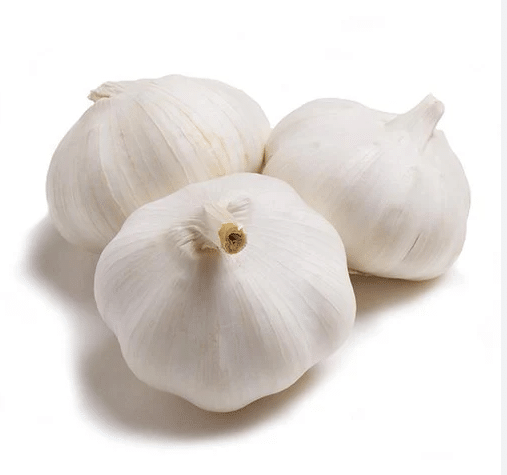
Factores clave que influyen en la calidad del ajo
A la hora de determinar la calidad del ajo entran en juego varios factores. Estos factores pueden variar ligeramente en función del país de origen y de las normas específicas del sector, pero en general incluyen:
- Tamaño y diámetro: Los bulbos de ajo se suelen clasificar por tamaño, a menudo medido por el diámetro o el número de dientes por bulbo. Los bulbos más grandes suelen asociarse a calidades superiores.
- Apariencia: Factores como la forma del bulbo (redondo, semiredondo), el color de la piel (blanco, morado) y la presencia de manchas o defectos pueden influir en la clasificación.
- Contenido de humedad: El contenido de humedad del ajo influye en su tiempo de conservación y en su susceptibilidad al deterioro. Un menor contenido de humedad suele indicar un mejor potencial de almacenamiento.
- Condición de clavo: La condición de los clavos en sí, incluida su firmeza, color y ausencia de daños, brotes o enfermedades, desempeña un papel importante en la clasificación.
- Sabor y aroma: Aunque más subjetivos, la pungencia, el aroma y la ausencia de sabores desagradables contribuyen a la evaluación general de la calidad del ajo.
Grados comunes del ajo
Aunque las denominaciones y clasificaciones específicas pueden variar, a continuación se ofrece una visión general de las calidades más comunes del ajo:
| Grado | Descripción | Aplicaciones típicas |
|---|---|---|
| Premium/Grado A | La calidad más alta, caracterizada por bulbos grandes y uniformes con piel limpia y brillante de color blanco o púrpura, sin manchas ni defectos. Los clavos son firmes, están intactos y tienen un sabor robusto. | Venta en mercados de productos frescos, productos alimentarios gourmet, restaurantes de gama alta |
| Estándar/Grado B | Ajo de buena calidad con bulbos ligeramente más pequeños que los de calidad Premium. Puede tener pequeñas imperfecciones cosméticas, pero aún así posee buen sabor y aroma. | Procesamiento de alimentos, restaurantes, uso culinario general |
| Comercial/Grado C | Ajo con variaciones de tamaño e imperfecciones estéticas más notables. Sigue siendo adecuado para su uso en alimentos procesados en los que el aspecto es menos crítico. | Ajo en polvo, ajo picado, extractos de ajo |
| Procesamiento/Industria | Ajo destinado principalmente a la transformación o a aplicaciones industriales. Puede presentar importantes variaciones de tamaño, defectos estéticos o estar compuesto por bulbos o dientes rotos. | Ajo en polvo, aceite de ajo, extractos farmacéuticos |
Comprender los sistemas internacionales de clasificación del ajo
Los distintos países y regiones pueden tener sus propias normas específicas de clasificación del ajo. He aquí algunos ejemplos:
- Estados Unidos: El Departamento de Agricultura de EE.UU. (USDA) ha establecido calificaciones voluntarias para el ajo, pero su uso no está tan extendido como en otros países.
- China: China, el mayor productor mundial de ajos, tiene sus propias normas de clasificación basadas en el tamaño, el aspecto y el contenido de humedad.
- Argentina: Argentina, uno de los principales exportadores de ajo, también tiene su propio sistema de clasificación, a menudo basado en el tamaño y el color del bulbo.
Consejos para abastecerse de ajos de calidad
- Asóciese con proveedores reputados: Establezca relaciones con proveedores que den prioridad a la calidad y la transparencia. Solicite información sobre sus prácticas de abastecimiento, sistemas de clasificación y certificaciones.
- Solicite muestras: Solicite siempre muestras antes de comprometerse a hacer un pedido grande. Así podrá evaluar la calidad de primera mano y asegurarse de que cumple sus requisitos específicos.
- Especifique claramente sus requisitos: Comunique a su proveedor la calidad, el tamaño, el aspecto y el uso previstos para evitar malentendidos y asegurarse de que recibe el producto correcto.
- Considere las inspecciones de terceros: En el caso de pedidos grandes o cuando se abastezca de nuevos proveedores, considere la posibilidad de contratar un servicio de inspección de terceros para verificar la calidad y el cumplimiento de sus especificaciones.
- Almacenamiento adecuado: Una vez recibido el ajo, es fundamental almacenarlo correctamente para mantener su calidad. Guárdelo en un lugar fresco, seco y bien ventilado, alejado de la luz solar directa y de la humedad.
Más allá de la nota: Otras consideraciones sobre la calidad
- Variedad: Las distintas variedades de ajo poseen perfiles de sabor y características únicas. Considere la variedad específica (por ejemplo, California Late, Spanish Roja, Chinese White) que mejor se adapte a sus necesidades culinarias.
- Certificación ecológica: Si se abastece de ajo ecológico, verifique la certificación ecológica del proveedor por parte de un organismo certificador acreditado.
- Sostenibilidad: Infórmese sobre las prácticas sostenibles del proveedor, como el consumo de agua, los métodos de control de plagas y las prácticas laborales justas.
- Trazabilidad: La trazabilidad es cada vez más importante en la industria alimentaria. Pregunte por los sistemas de trazabilidad del proveedor y su capacidad para rastrear el ajo hasta su origen.
Preguntas frecuentes sobre calidades y normas de calidad del ajo
He aquí las respuestas a algunas preguntas frecuentes sobre cómo desenvolverse en el mundo de las calificaciones del ajo:
P: ¿Cómo sé qué grado de ajo es el adecuado para mis necesidades?
A: Piensa en el uso que darás al ajo y en tu presupuesto.
- Premium/Grado A: Lo mejor para uso en fresco, productos gourmet y presentaciones en las que el aspecto importa. Precio más elevado.
- Estándar/Grado B: Adecuado para restaurantes, cocina general y procesamiento de alimentos donde la consistencia es clave, pero se aceptan pequeñas imperfecciones.
- Comercial/Grado C: Ideal para la elaboración de polvos, pastas o extractos en los que el aspecto del ajo crudo es menos importante.
P: ¿Existen normas universales de clasificación del ajo en todo el mundo?
A: Lamentablemente, no. Aunque se aplican algunos principios generales (como el tamaño y la ausencia de defectos), los sistemas de clasificación y la terminología varían considerablemente de un país a otro.
- Aclare siempre las normas de clasificación con su proveedorsobre todo en el ámbito internacional. Solicite información detallada o una tabla de clasificación específica para sus productos.
P: ¿Puedo solicitar una variedad específica de ajo además de un grado concreto?
A: Por supuesto. La variedad influye en el sabor tanto como la calidad en el aspecto.
- Sea específico con su proveedor. No pida simplemente "ajo de grado A", pida "ajo de grado A, California Late" si ésa es la variedad que desea.
P: ¿Qué debo hacer si recibo un envío de ajos que no cumple las especificaciones acordadas?
A: No acepte un envío deficiente. Tome estas medidas inmediatamente:
- Póngase en contacto con su proveedor: Infórmeles del problema y haga referencia a las especificaciones acordadas.
- Documente el problema: Tome fotos claras de los ajos y anote las discrepancias de grado, tamaño o calidad. Si es posible, pida a un tercero que lo inspeccione.
- Trabaja por una resolución: Los proveedores reputados tienen procedimientos para resolver los problemas de calidad, que pueden incluir un reembolso parcial, un envío de sustitución o un crédito para un pedido futuro.
P: ¿Dónde puedo encontrar más información sobre los sistemas específicos de clasificación de ajos utilizados en los distintos países?
A: He aquí algunos recursos:
- Asociaciones del sector: Póngase en contacto con las asociaciones de productores de ajo del país exportador (por ejemplo, The Garlic Institute en EE.UU.).
- Departamentos de Agricultura: Los departamentos de agricultura de muchos países publican información sobre las normas de exportación de sus productos.
- Bases de datos en línea: Algunas plataformas en línea están especializadas en información sobre productos agrícolas, incluidos los sistemas de clasificación.
Recuerde que una comunicación clara con su proveedor es fundamental para obtener la calidad de ajo que necesita.
¿Por qué elegir CAIE para sus necesidades de ajo al por mayor?
Como proveedor líder de ajo de alta calidad procedente de la provincia china de Shandong -la mayor región productora de ajo del mundo-. CAIE ofrece a los procesadores de alimentos una combinación única de ventajas:
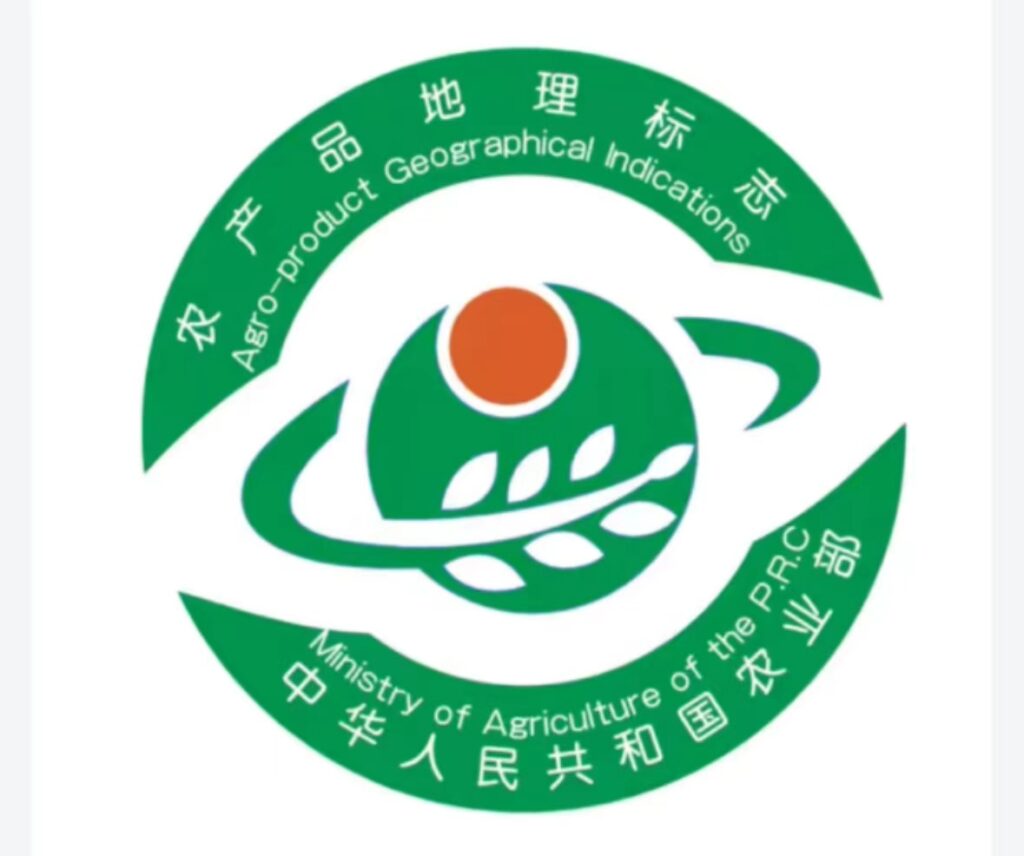

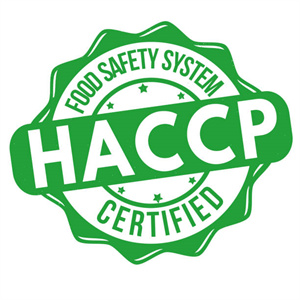
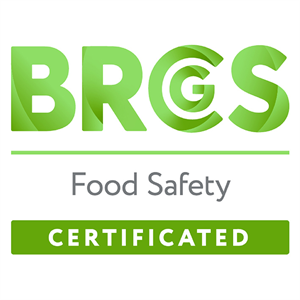
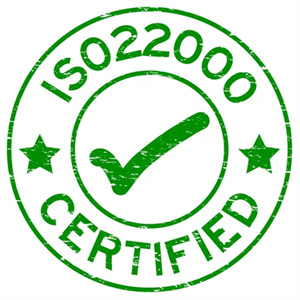
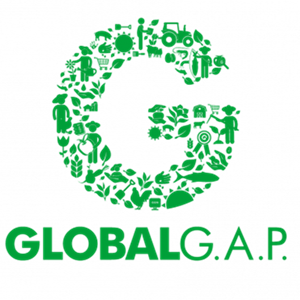
- Compromiso inquebrantable con la calidad: En CAIE, la calidad no es negociable. Nuestro ajo se cultiva en más de 10.000 acres de granjas propiedad de la empresa en el condado de Jinxiang y la ciudad de Weifang, cumpliendo las normas internacionales más exigentes, incluidas las de la Unión Europea, Japón y EE.UU. Desde el análisis del suelo y la selección de semillas hasta la siembra en verde y la cosecha, mantenemos un meticuloso control sobre cada etapa de la producción para garantizar una calidad excepcional y la consistencia del sabor.
- Suministro y capacidad fiables: Con nuestras extensas operaciones de cultivo, modernas instalaciones de almacenamiento que superan los 100.000 metros cuadrados y un equipo logístico especializado en la Zona Franca de Weifang, CAIE garantiza un suministro constante y fiable de ajo para satisfacer las demandas incluso de los mayores procesadores de alimentos. Ofrecemos tamaños de pedido flexibles, plazos de entrega competitivos y la capacidad de gestionar pedidos a gran escala con eficacia.
- Experiencia en ajo y soluciones personalizadas: Respaldado por un equipo de expertos agrícolas y una división de comercio exterior con más de 20 años de experiencia, CAIE ofrece una experiencia sin igual en variedades de ajo, formas y su idoneidad para aplicaciones específicas de procesamiento de alimentos. Trabajamos en estrecha colaboración con nuestros clientes para comprender sus necesidades específicas y desarrollar soluciones a medida, desde el abastecimiento de tipos específicos de ajo hasta el suministro de opciones personalizadas de procesado y envasado.
- Abastecimiento sostenible y ético: CAIE está comprometida con las prácticas agrícolas sostenibles y el abastecimiento ético en toda nuestra cadena de suministro. Damos prioridad a los métodos de cultivo responsables con el medio ambiente, las prácticas laborales justas y la transparencia en nuestras operaciones. Al elegir CAIE, no solo obtiene ajos de primera calidad, sino que también apoya a una empresa que se alinea con sus valores.
- Enfoque asociativo y orientación al cliente: En CAIE, creemos en la creación de asociaciones a largo plazo con nuestros clientes basadas en la confianza, la transparencia y el éxito mutuo. Nuestro equipo de atención al cliente está siempre disponible para responder a sus preguntas, resolver sus dudas y ofrecerle asistencia continua para garantizar su plena satisfacción.
Conclusión
Comprender los grados y las normas de calidad del ajo es esencial para tomar decisiones informadas sobre el abastecimiento, garantizar la consistencia del producto y maximizar el valor de sus compras de ajo. Al asociarse con proveedores de confianza, comunicar claramente sus requisitos y aplicar prácticas de almacenamiento adecuadas, podrá navegar con confianza por el mundo de la clasificación del ajo y liberar todo el potencial de sabor de este alimento culinario básico.
